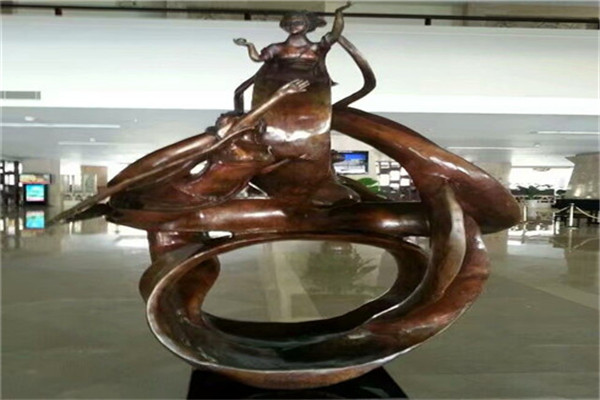
Button carving refers to the carving of the buttons on the upper part of the seal. It belongs to the category of round carving and has a rich three-dimensional sense. However, compared with round carving, it has three significant characteristics. First, the image is small, limited to the size of the seal, which is generally less than 10 cubic centimeters; The second is to show only the upper part of the object, rather than the round sculpture, which needs all-round performance; In addition, the performance content of button carving is mostly animals, especially animals in ancient legends, such as chi, lion, dragon, tiger, exorcism, taotie, etc. Therefore, button carving is also called "animal button". The history of button carving is linked with seals. Only seals can make buttons. According to relevant historical research, the earliest seal started in the Zhou Dynasty, more than 3000 years ago. The original seal is a symbol of power and status, and is a special item for princes, generals and ministers, and Dada dignitaries. The original seal button was also very simple and simple, just drilling a small hole on the top of the seal to wear strong ties for carrying, so the seal button is also called "seal nose". With the continuous development of history, a strict hierarchy has emerged in the materials and buttons of seals according to the different positions and official titles of users. For example, the official seal of the Qin Dynasty, in addition to using gold, silver, copper and other materials to distinguish the level of the officials, also distinguish the decoration of the buttons. In the Han Dynasty, the emperor used tiger buttons with jade seals, the crown prince, the lieutenants, the prime minister, the lieutenant, the sangong, and the left and right generals used gold seal tortoise buttons, and the officials of the two thousand stone Dai Lu used bronze seal elephant buttons Since then, the buttons used by all dynasties, from the monarch down to the officials of various products, were mostly chi, lion, dragon, phoenix, tiger, exorcism, taotie, unicorn, camel, bird, claw, bear, bat and other animals in the zodiac, depending on their positions.
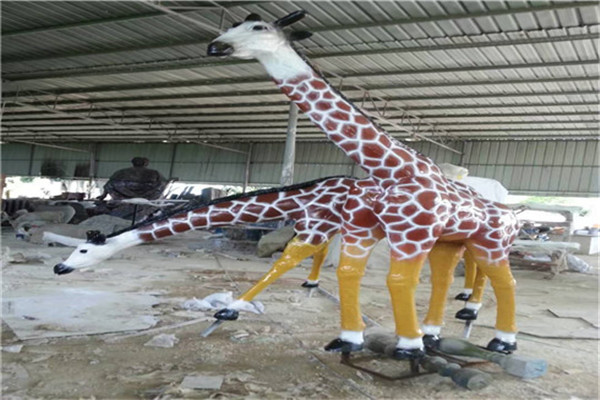
1. Traditional green sculpture shaping: directly pruning the plants with garden art. There are simple geometric shaping (such as sphere, cube, pyramid, cylinder), complex geometric shaping (layered shaping, spiral shaping, etc.), animal shaping and various peculiar shaping (automobile shaping, aircraft shaping, abstract and free shaping, etc.). Common plants include pine and cypress, privet, boxwood, national locust, elm, etc. 2. Grafting: taking a certain plant as the rootstock, grafting plants with different impressions on it, and then making artistic processing of its shapes, such as polychrome chrysanthemum bonsai, polychrome rose bonsai, polychrome peach, polychrome plum, polychrome crabapple, etc. Such as cliff chrysanthemum, tower chrysanthemum, animal shaped chrysanthemum, etc. 2.1 Single plant green sculpture refers to the sculpture formed entirely by one plant or one plant with multiple colors or by grafting multi-color plants. The sculpture has a long viewing period and simple operation. For example, tree sculptures can be kept for a long time only by special pruning, without considering flower changing and water spraying, and the maintenance management is simple. 2.2 Double plant green sculpture refers to the sculpture shaped by two different kinds of plants. The sculpture has a long viewing period and a strong three-dimensional sense, and usually uses the complementary and mutually reinforcing advantages of two plants for modeling. Such as evergreen and deciduous plants, broad-leaved and coniferous plants, lianas and herbs, as well as different colors, species, branches and leaves, such as leaf color, flowers and fruits, branches and stems. 2.3 Mixed plant green sculpture refers to sculpture with three or more kinds of plants. The sculpture has a short viewing period and complicated operation, but it is highly ornamental and lifelike. The common ones are large three-dimensional sculptures, some animal shaped sculptures elaborately composed of flowers, leaves and fruits of different plants according to design requirements, such as peacock, red crowned crane, panda, etc; Or symbolic sculptures with certain cultural connotation and city image, such as idiom allusion sculptures (learning to walk in Handan, dancing at the smell of chickens), Olympic seal, football World Cup, etc.
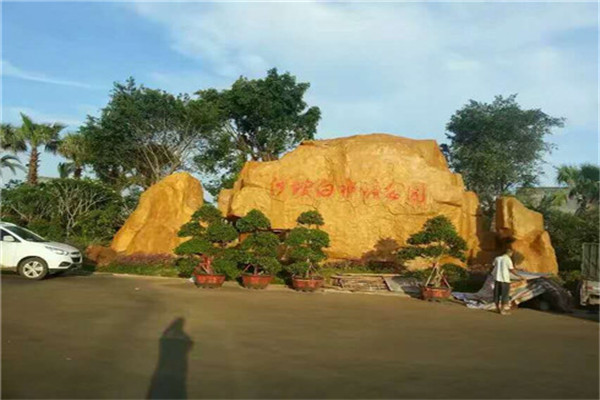
Root carving is to create artistic works of characters, animals, utensils and other artistic images through conception, artistic processing and process, taking the autogenetic form and distorted form of tree roots (including tree bodies, nodules, bamboo roots, etc.) as the object of artistic creation. Root carving art is a kind of plastic art that finds natural beauty and shows creative processing. The so-called "three parts of labor, seven parts of nature" means that in the creation of root carving, most of the natural forms of root materials should be used to express artistic images, and a few of them should be artificially processed and modified. Therefore, root carving is also called "root art" or "root art". The basic technique of root carving is to use exaggeration, fantasy and abstraction to reflect real life. To be specific, it is to make a comprehensive and careful observation of the selected root material and make a clever idea. By virtue of its shape, texture, knots, concavity and convexity, curvature, holes, and so on, it is a bold idea to combine the virtual with the real. The line seeks the usable value of the material itself with a variety of themes and contents, and is good at finding the extraordinary from the ordinary, and gradually determines the overall image of the creation. It is very important to make clear the creative idea and imagine boldly for the root generation creation.
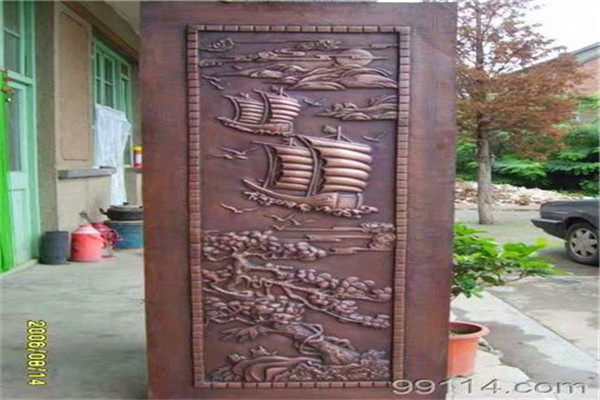
At present, most of the most influential sculptures in China and the West are made of copper. For example, Rodin's "The Thinker", "The Bronze Age", and "The Statue of Liberty", the world's top sculptures are mostly made of copper. The lines are suitable for sculpture because of the texture, plasticity, unlimited specifications, and rich color texture of copper, which are also jade sculptures The effect that wood carving and stone carving can't achieve is that jade carving can only make very small works because of the limitation of materials. Because of the limitation of wood carving technology, there is no precedent for large outdoor sculptures. The inheritor, whose bronze carving has opened a new chapter in the 5000 year history of copper.
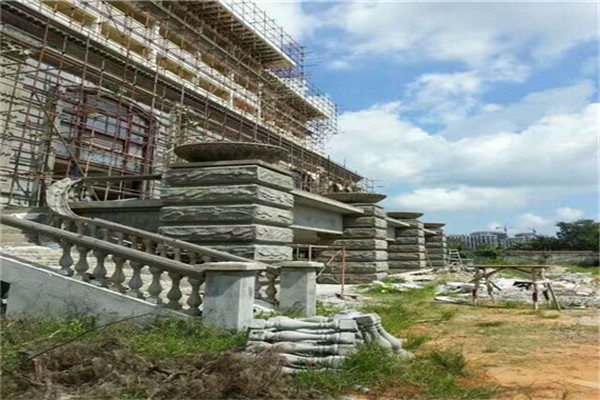
Jade carving, commonly known as jade ware, has a long history. Jade pendants appeared in China during the Neolithic Period, and the jade carving skills of the Shang Dynasty were relatively mature. There are dozens of jade carving materials, such as white jade, jasper, sapphire, black jade, jadeite, crystal, agate, topaz, single jade, Xiuyu, etc. Beijing Colored sculpture Because the jade itself is fine, hard and warm, or white as cream, or green and green, bright and lovely color, suitable for making valuable decorations. As for the production of jade, most people think it is carved with a carving knife, but it is not. Colored sculpture Price The jade is hard, and the carving knife cannot cut it into it. Instead, it is polished by various shapes of drill bits, emery and water, depending on the shape of the work. Therefore, it takes a long time to complete a jade carving.
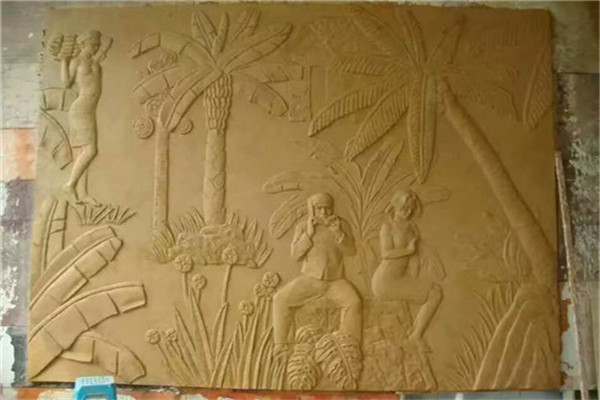
First of all, make the structural layer of the steel bar mountain mesh on the stone wall. According to the Hainan sculpture stone structure, the density of the steel bar is about 30 to 50 cm. Then, bind and weld the steel bar on the exposed steel bar head. Pay attention to the need to shape the approximate shape. After the steel bar is welded, tie a layer of steel wire mesh outside, and then start painting. The first painting is to make a base. For the second painting and shaping, it is necessary to make some rock texture, such as concave and convex, wrinkles, because the above steps must be grasped, and craftsmen must make the surface very artistic! Must have basic skills of modeling and stone molding. It is effective to spray stone like paint. Before large-area spraying, small samples were tested to show speckled particles in natural stone. Fill the gaps in the stone wall with earth and then plant them. Maybe fill some ceramic bottles and jars that are harmonious with the theme materials. There are still some water sources in the pottery to supplement its spatial diversity. There is also a new type of plastic stone, which is made of light materials such as environment-friendly building raw materials, fine resins, efficient reinforcing agents, pro aggregate, imported pigments, etc., by mixing, processing, and molding, and then steaming and curing at high temperature. Each product has different shapes and various combinations, which are no different from real stones in texture, color and texture.






